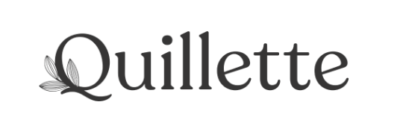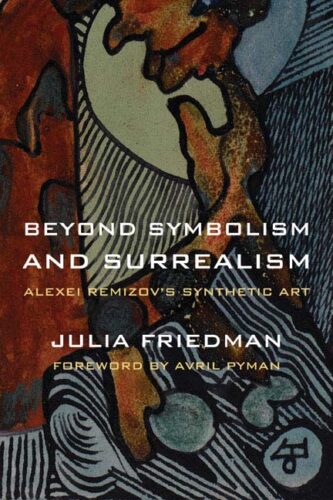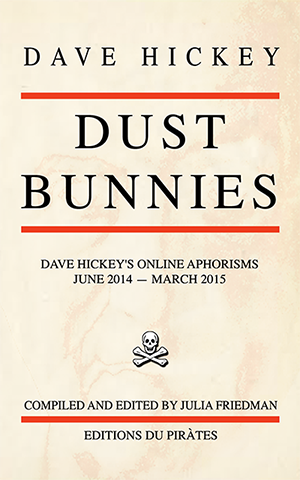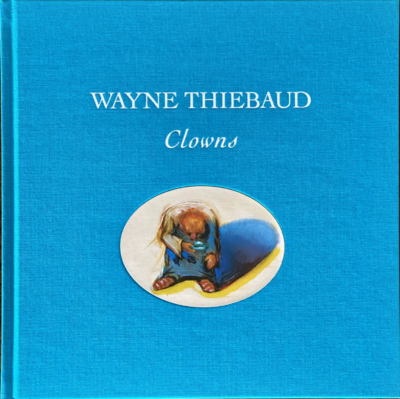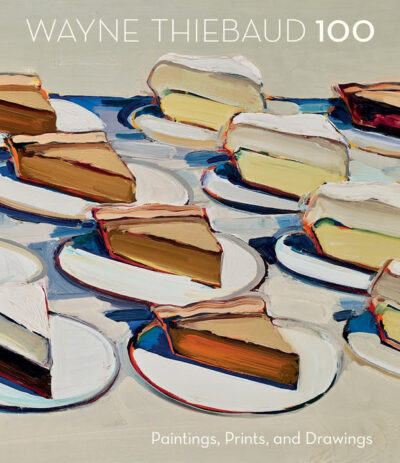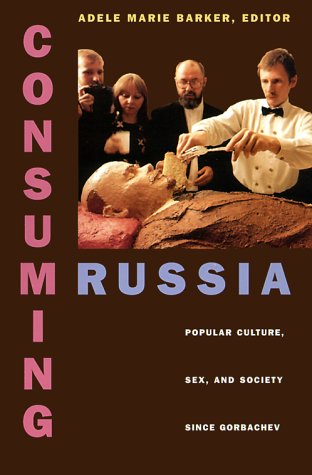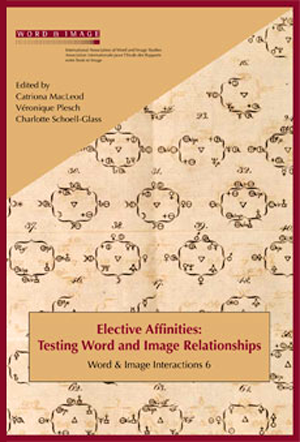Who is afraid of risqué art?

A lifetime ago, Gore Vidal published two searing essays about sexual morality in the respective contexts of law and politics. Vidal lobbed his critical grenades from publications whose very existence was a testament to the efficacy of the First Amendment. In 1965, “Sex and the Law” appeared in the Partisan Review, a journal started by the Communist Party USA-affiliated John Reed Club.
The hedonistic Playboy magazine, which printed “Sex is Politics” in 1979, aimed to undo mainstream mores. In these two essays, Vidal argued that sex, including pornography, was the “hottest of buttons” in politics, and that the prudery of “dead-letter laws,” then still on the books, was rooted in outdated religious prejudice. “When the Cromwells fell,” he wrote, “the disgruntled Puritans left England for Holland (not because they were persecuted for their religious beliefs but because they were forbidden to persecute others for theirbeliefs).” Once in North America, the Puritans fulfilled their goal of creating a “quasi-theocratic society,” the morality of which had distinctly Old Testament origins.
We are nearly a quarter of the way into the 21st century, but despite most people’s tolerant self-image, moral censorship of the visual arts remains a problem. Neither the conservative Right nor the progressive Left are ready to embrace Playboy’s proposition that morality is a matter for the individual conscience. Across the political spectrum, accusations of indecency provoked by the alleged overexposure of human flesh can still lead to furious controversy and even suppression of the offending material. In a 1996 Vanity Fair essay about The People vs. Larry Flynt, Christopher Hitchens correctly observed that “the ‘righteous and violent’ American culture war is for real.” But two recent instances of moral uproar (from the Right on one occasion, and from the Left on another) confirm that the opposing sides can at least concur on the topic of risqué art. Both want it hidden from view to avoid traumatizing the audience and wider society.
To read the entire article click here.



